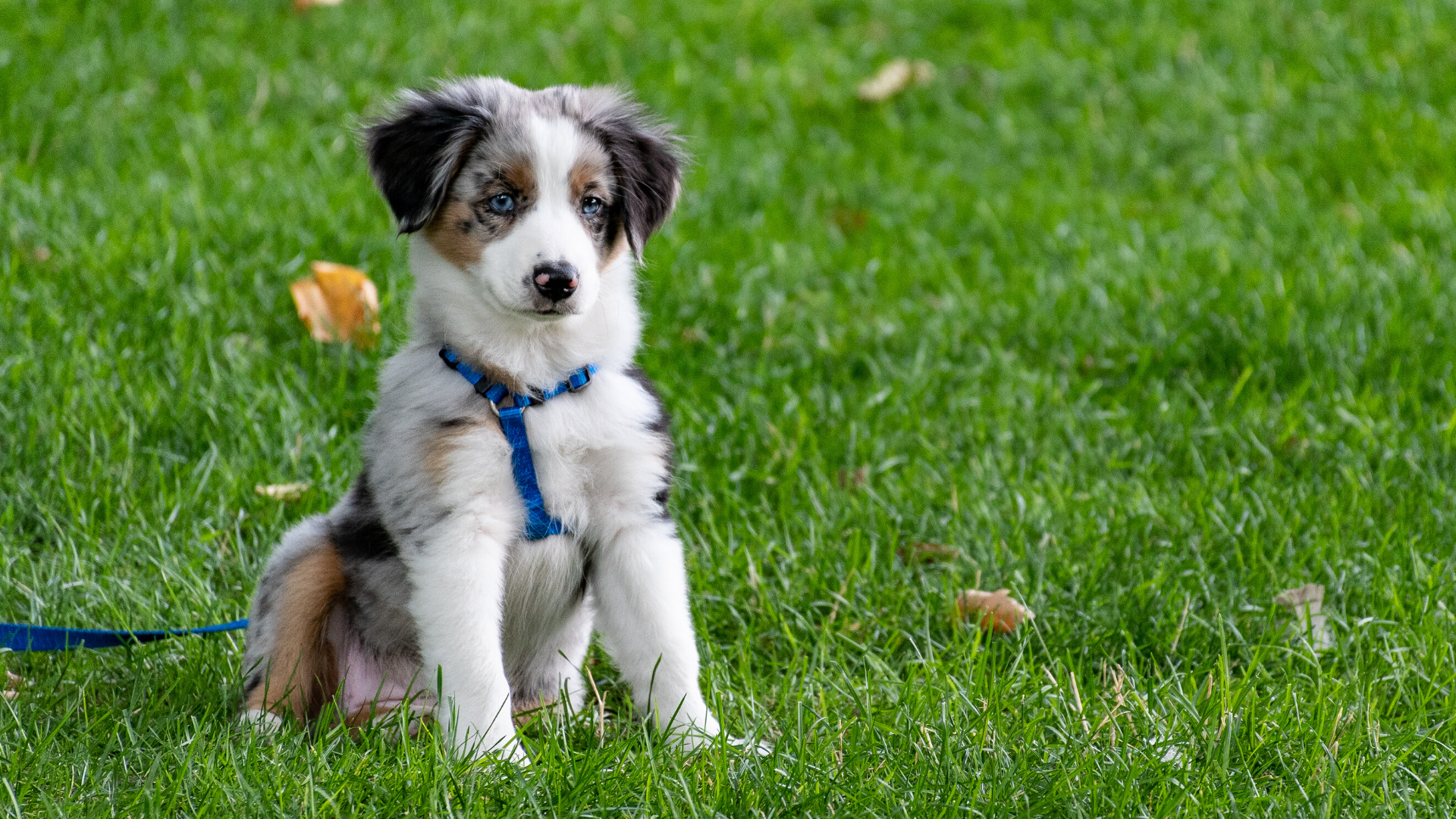Expanding your family with a new furry, feathery or scaly friend?
Whether you’re a first-time pet owner or very experienced, don’t forget to consider the financial impact of a new pet and adjust your budget accordingly.
To begin, estimate how much money you’ll need to each year for pet expenses. Divide that amount into monthly “payments” that you’ll make to yourself. With a SESLOC membership, you can open a secondary Share Savings account — with no monthly minimums or fees — to track your savings and expenses for your pet. You can even name the account after your pet to make it easy to navigate in online banking.
So what costs can you expect? It depends on the type of pet that you’re interested in.
Dogs, for example, are generally more expensive than other common household pets. According to the ASPCA, first-year costs average over $1,000, and annual expenses typically vary between a couple hundred and a thousand dollars. This does not include emergency care — treating an accident or illness can cost several hundred dollars. Multiply that by the expected lifespan of your breed, and you’ll have an idea of what to expect over the coming years.
Consider these expense categories when planning for your new pet:
Initial Cost
Your initial investment will be the purchase price or adoption fee. Shelters typically include key health and registration services in their adoption process.
Additionally, the county you live in may require licensing through their Animal Services Department. In San Luis Obispo County, a dog license will cost between $24 and $179 depending on the length of the license and the state of the animal’s alteration. In Santa Barbara County, a dog license will range between $11 and $200 for the same criteria.
Supplies
Your pet will need a place to call home, including whatever bedding, food and water dishes and toys are appropriate for it. You may also need additional supplies, like a collar, leash, waste bags or litter box.
Food
High-quality food is important and can help prevent expensive health issues down the road. Depending on the type and size of your pet, you can expect to spend between $20 and $60 per month. Young and senior pets, as well as those with health concerns, may require a more expensive specialized diet.
Health
Plan for routine and preventative care for your pet, and save a little extra in your pet savings account to cover unexpected emergencies or illness. Pet insurance has become increasingly popular for handling emergencies, with monthly premiums averaging about $50/month for dogs and $30/month for cats. If your animal requires a specialized veterinarian, you may need to factor in more expensive care and travel costs.
Grooming is also an essential component of maintaining your pet’s health. Whether you plan to hire a professional or do it at home, you’ll need an idea of what your annual grooming expenses will be in order to budget accordingly.
Travel Expenses
If you’re planning a vacation, you’ll need to consider paying for boarding, hiring a sitter or planning your trip around pet-friendly accommodations.
Maintaining Your Home
Depending on the animal, you may also have to do some maintenance to make your yard or home safe, such as fixing or installing a fence. Also, consider that some of your property may be damaged or need repairs as your new pet trains and adjusts to life in your home.
If you’re renting, you’ll be limited to pet-friendly locations, which may also have limitations on what kinds of animals they’ll allow. Expect to pay more for rent to accommodate pets, including extra fees and or deposits.



 The workers are sooo nice and friendly!!"
The workers are sooo nice and friendly!!"